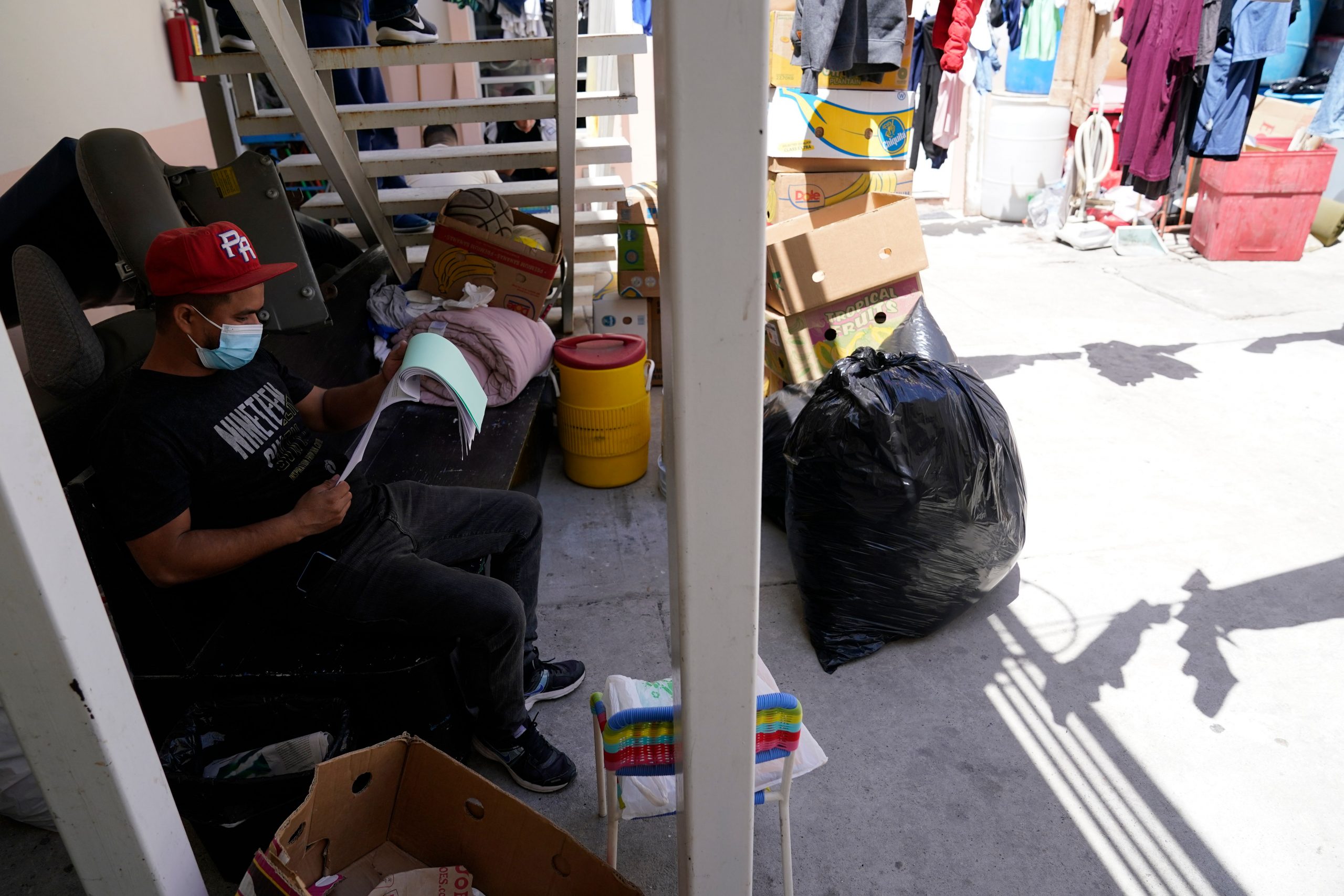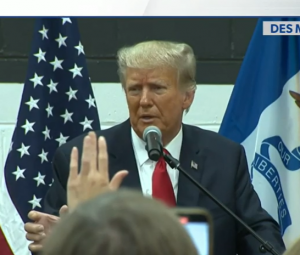When a woman gashed her leg in mountains inhabited by snakes and scorpions, she told Joel Úbeda to take her 5-year-old daughter. Úbeda refused to let the mother die, despite the advice of their smuggler and another migrant in a group of seven, and helped carry her to safety by shining a mirror in sunlight to flag a US Customs and Border Protection helicopter near San Diego.
The motorcycle mechanic, who used his house in Nicaragua as collateral for a $6,500 smuggling fee, says the worst day of his life was yet to come.
Also read: Florida Governor Ron DeSantis tests limits of his combative style in Disney feud
Arrested after the encounter with US agents, Úbeda learned two days later that he could not pursue asylum in the United States while living with a cousin in Miami. Instead, he would have to wait in the Mexican border city of Tijuana for hearings in US immigration court under a Trump-era policy that will be argued Tuesday before the US Supreme Court.
President Joe Biden halted the “Remain in Mexico” policy his first day in office.
Also read: Exit polls predict opposition winning Slovenian election
A judge forced him to reinstate it in December, but barely 3,000 migrants were enrolled by the end of March, making little impact during a period when authorities stopped migrants about 700,000 times at the border.
Úbeda, like many migrants at a Tijuana shelter, had never heard of the policy, officially called “Migrant Protection Protocols.”
Also read: France’s Emmanuel Macron is re-elected but far-right rival raises game
It was widely known under President Donald Trump, who enrolled about 70,000 migrants after launching it in 2019 and making it a centrepiece of efforts to deter asylum-seekers.
“It’s a frightening experience,” Úbeda said after a telephone call with his mother to consider whether to return to Nicaragua to reunite with her, his wife and his daughter. He was perplexed that a vast majority of Nicaraguans are released in the US to pursue asylum, including the woman he saved and her daughter.
Also read: Sri Lankan university students mob PM Mahinda Rajapaksa’s home over economic crisis
Nearly 2,200 asylum-seekers, or 73% of those enrolled through March, are from Nicaragua, with nearly all the rest from Colombia, Cuba, Ecuador and Venezuela. Yet even among Nicaraguans, the policy is small in scope. US authorities stopped Nicaraguans more than 56,000 times from December to March.
Criticisms of the policy are the same under Biden and Trump: Migrants are terrified in dangerous Mexican border cities and it is extremely difficult to find lawyers from Mexico.
Also read: Polling agencies project re-election for French leader Macron
US Homeland Security Secretary Alejandro Mayorkas, in an October order to end “Remain in Mexico,” reluctantly conceded that the policy caused a drop in weak asylum claims under Trump but said it did not justify the harm.
Emil Cardenas, 27, said he bloodied his foot and drank his urine after running out of water on a three-day hike in mountains near San Diego with a smuggler who took a $10,000 instalment toward his fee and stole his passport, phone and other identification.
Cardenas hoped to live near his brother, a Catholic priest in New Jersey, while seeking asylum but waited at the Tijuana shelter for his first hearing in San Diego on May 18. He is disheartened to see others at the shelter on their third or fourth hearing.







